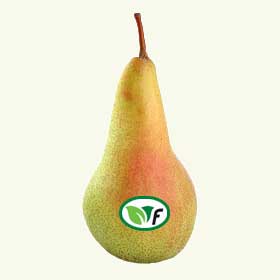
Abate Fetel
Abate Fetel was first bred in France. With its large, elongated fruits, it is considered very resistant and ripens at the beginning of September.

Abate Fetel was first bred in France. With its large, elongated fruits, it is considered very resistant and ripens at the beginning of September.
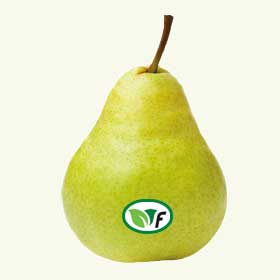
An English variety, green when harvested, turns later golden-yellow during storage. Very sweet and juicy, ripens at the beginning of August.
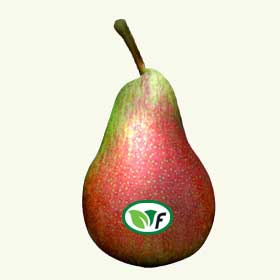
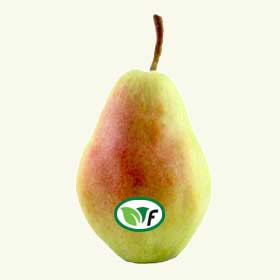
From Italy, created in the twenties of the last century, intensely yellow with a slight blush on the sunny side, incredibly fertile, ripens in the beginning of August.
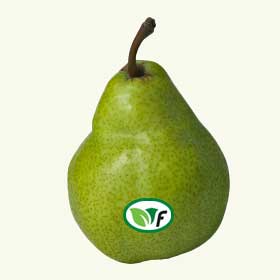
Bred in Australia, green-skin, juicy, aromatic, fine pear, easy to grow
Pear is one of the most widespread fruits in cultivation and human nutrition. More than 3000 varieties are grown around the world. The majority of world production consists of three types: the European pear, which is dominantly grown in Europe and North America; the Chinese white pear “Báilí” and the Asian pear, known as “Nashi.”
Pears are usually propagated by grafting one variety onto a rootstock of another pear, but sometimes quince rootstocks are used.
One pear per 100 g provides 0.36 g of protein, 15.23 g of carbohydrates,9.75 g of sugar, 3.1 g of fiber, and 0.14 g of fat. Its calorific value is 239 KCal.
Pears are a source of antioxidants, as well as vitamins A, C, E, B1, and B2. They are rich in folic acid, copper, phosphorus, and potassium. Pears are considered hypoallergenic. Therefore, pear juice can also be given to newborns.
Thanks to their antioxidant effect, they can positively affect cholesterol levels, reduce the risk of heart attacks, and improve immunity.




2023 © Frueko | Powered by Digital Strategy One